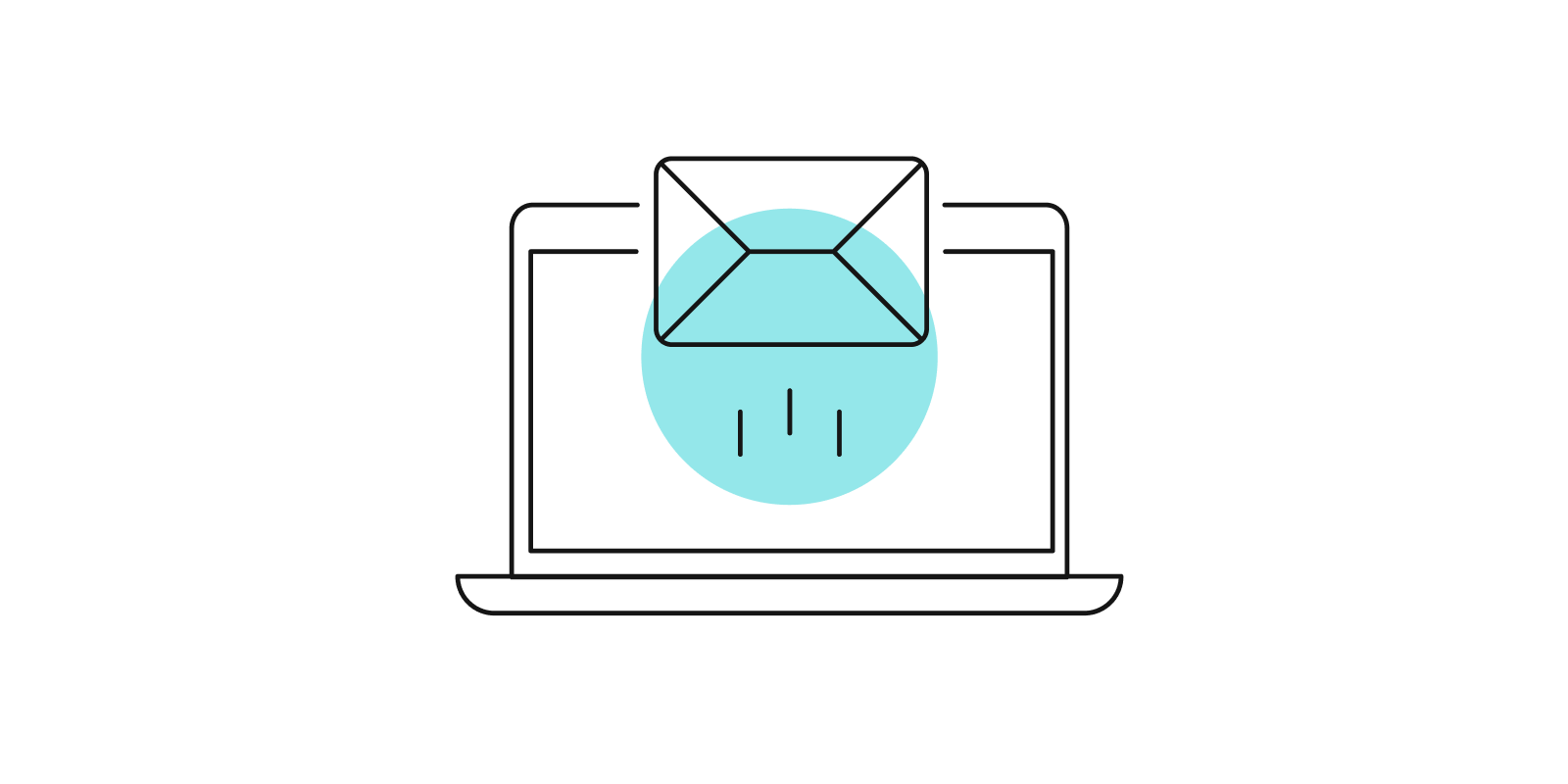
Technical & human problems with anthropomorphism & technopomorphism

Anthropomorphism is the attribution of human traits, emotions, and intentions to non-human entities (OED). It has been used in storytelling from Aesop to Zootopia, and people debate its impact on how we view gods in religion and animals in the wild. This is out of scope for this short piece.
When it comes to technology, anthropomorphism is certainly more problematic than it is useful. Here are three examples:
- Consider how artificial intelligence is described like a human brain, which is not how AI works. This results in people misunderstanding its potential uses, attempting to apply it in inappropriate ways, and failing to consider applications where it could provide more value. Ines Montani has written an excellent summary on AI’s PR problem.
- More importantly, anthropomorphism contributes to our fear of progress, which often leads to full-blown technopanics. We are currently in a technopanic brought about by the explosion of development in automation and data science. Physically, these machines are often depicted as bipedal killing machines, which is not even the most effective form of mobility for a killing machine. Regarding intent, superintelligent machines are thought of as a threat not just to employment but our survival as a species. This assumes that these machines will treat homo sapiens similar to how homo sapiens have treated other species on this planet.
- Pearson colleague Paul Del Signore asked via Twitter, “Would you say making AI speak more human-like is a successful form of anthropomorphism?” This brings to mind a third major problem with anthropomorphism: the uncanny valley. While adding humanlike interactions can contribute to good UX, too much (but not quite enough) similarity to a human can result in frustration, discomfort, and even revulsion.
Historically, we have used technology to achieve both selfish and altruistic goals. Overwhelmingly, however, technology has helped us reach a point in human civilization in which we are the most peaceful and healthy in history. In order to continue on this path, we must design machines to function in ways that utilize their best machine-like abilities.
Technopomorphism is the attribution of technological characteristics to human traits, emotions, intentions, or biological functions. Think of how people may describe a thought process like cogs in a machine or someone’s capacity for work may be described with bandwidth.
A Google search for the term “technopomorphism” only returns 40 results, and it is not listed in any online dictionary. However, I think the term is useful because it helps us to be mindful of our difference from machines.
It’s natural for humans to use imagery that we do understand to try to describe things we don’t yet understand, like consciousness. Combined with our innate fear of dying, we imagine ways of deconstructing and reconstructing ourselves as immortal or as one with technology (singularity). This is problematic for at least two reasons:
- It restricts the ways in which we may understand new discoveries about ourselves to very limited forms.
- It often leads to teaching and training humans to function as machines, which is not the best use of our potential as humans.
It is increasingly important that we understand how humans can best work with technology for the sake learning. In the age of exponential technologies, that which makes us most human will be most highly valued for employment and is often used for personal enrichment.
There may be some similarities, but we’re not machines. At least, not yet. In the meantime, I advocate for “centaur mentality.”
About the author

Paul G. Stoltz, Ph.D.
Denis Hurley leads the global Future Technologies program within the Advanced Computing and Data Science Lab (“The Lab”). The Lab applies advanced computing and data science to create innovative software capabilities, processes, and frameworks that improve our digital products, advance our digital ways of working, and change how we approach digital education. The Future Technologies program is a pan-Pearson, cross-disciplinary, collaborative community of hundreds of colleagues, that has completed over 40 prototypes and roundtable discussions. Our work has impacted early development of many products and services, such as explorations into mobile-first strategies, immersive learning, and adaptive algorithms.
Denis studies emerging technologies and trends; promotes Pearson’s cutting edge products and strategies; and catalyzes teams, encouraging the exploration of innovative solutions and new opportunities. Denis is a frequent speaker at national and international events and workshops for educators and technologists.



